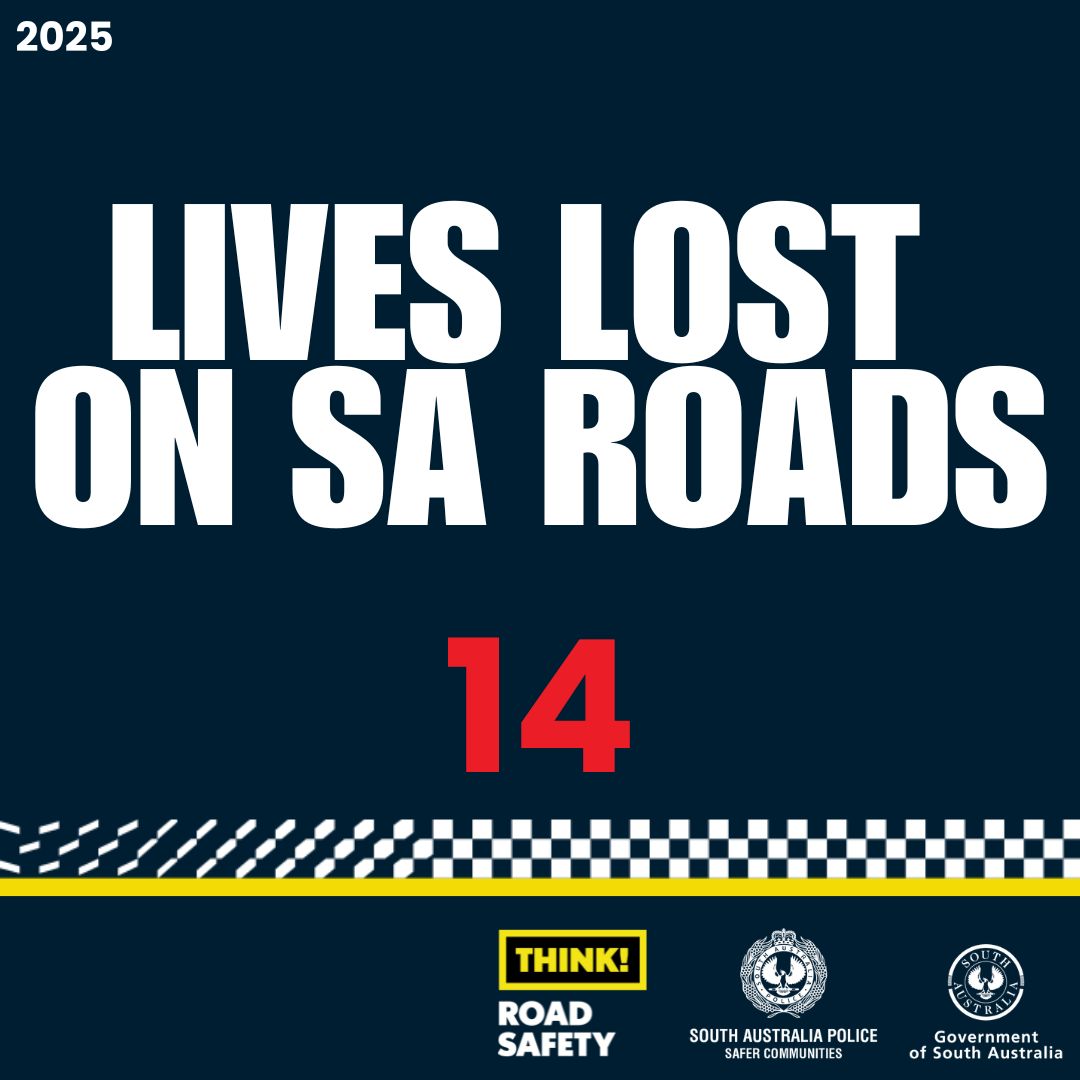The independent evaluation of the NSW Government’s domestic violence reforms has found more needs to be done if we are to drive down rates of violence in NSW homes, and this is going to take increased investment, as well as co-design with sector experts and victim-survivors.
KPMG’s of the found that, overall, the reform was “largely… implemented in line with its initial design, in accordance to its planned timeframes and within budget”, with key achievements including:
- The rollout of Safer Pathway, which is an integrated approach to safety assessment, referrals and service coordination for victims of domestic and family violence across the state, led by Women’s Domestic Violence Court Advocacy Services, and which took 138,477 victim referrals in 2018-19.
- The rollout of Police High-Risk Offender Teams.
- The expansion of men’s behaviour change programs and a Tackling Violence prevention program undertaken with rugby league clubs.
- A $20 million DFV Innovation Fund to pilot innovations aimed at preventing domestic and family violence in a number of communities.
However, many areas remain unaddressed and underfunded. In particular, many areas Women’s Safety NSW and partner organisations have been relentlessly advising the NSW Government on and advocating for were picked up in the evaluation, including, but not limited to:
- The need for Safer Pathway to be expanded to include case management support for victims of domestic violence so that victims can be supported for longer than one-month to achieve safety and recover from the violence.
- Increased investment in specialist homelessness services and affordable housing solutions for victim-survivors of domestic violence to ensure genuine options to escape the violence.
- Specific, tailored and integrated supports for children and young people experiencing domestic and family violence.
- Culturally specific support for Aboriginal and Torres Strait Islander victim-survivors and persons using violence.
- The need for investment in a comprehensive primary prevention strategy to address the key drivers of domestic and family violence state-wide, rather than ad-hoc pilot projects in select locations.
- The need to include sector representatives and victim-survivors in co-design of policy and governance frameworks.
“What this report says is that the NSW Government cannot afford to rest on its laurels when it comes to domestic violence reform” says Hayley Foster, chief executive officer of Women’s Safety NSW.
“We have some very significant runs of the board in terms of supporting victim-survivors who would have otherwise fallen between the gaps and coordinating a safety response between key first responder agencies. But the system needs investment if we are going to help victim-survivors achieve lasting safety and recovery, to help abusers change their behaviour and to address the problematic attitudes and cultural norms that drive violence against women in our communities in the first place.”
Women’s Safety NSW has also pointed to the need for greater integration between domestic and family violence policy, child protection, criminal justice, and federal family law responses.
“The evaluation doesn’t really address this integration because the reform didn’t. However, the ways in which these systems interact are critical” says Foster. “So, for example, if victim-survivors have barriers to accessing civil protection and justice, or safety in the family law system, then nothing else will kick in to keep them safe.”
Foster notes similar omissions in relation to recommendations for workforce development: “The evaluation talks about workforce development in the domestic and family violence victim support and behaviour change sectors, which are important. However, workforce development in policing, courts, and the judiciary is not mentioned. This is just as important, and arguably more so when it comes to victim safety and perpetrator accountability.”
In a recent survey undertaken with 23 victim-survivors of domestic and family violence by Women’s Safety NSW for the , 71% (n=15) of respondents reported their experience of accessing support both culturally safe and accessible. However, with regards to policing, courts, child protection and family law, they reported the following:
- 24% (n=5) were “satisfied” of “very satisfied” with the police’s response to their domestic and family violence experience. (67% n=14 being ‘dissatisfied’ or ‘very dissatisfied and 10% n=2 being neither).
- 27% (n=4) were “satisfied” or “very satisfied” with their experience at court for their domestic and family violence matter (53% n=8 being ‘dissatisfied’ or ‘very dissatisfied’ and 20% n=3 being neither).
- 90% (n=18) agreed it would have been beneficial to have been offered legal advice before agreeing to any apprehended domestic violence order (ADVO) amendments (10% n=2 disagreeing).
- 94% (n=16) did not regard the abuser as having received an appropriate sentence for the crimes perpetrated against them (6% n=1 regarded the sentence as appropriate).
- 18% (n=2) of those whose who responded to the particular question were “very much” or “moderately” supported by the child protection agency as the non-offending parent, with the person using violence being held to account for the impacts of their behaviour (82% n=9 reporting they were “not very” or “not at all” supported in this way).
- 26% (n=5) of those whose who responded to the particular question said their experience with the family law process increased their safety and the safety of their children “a lot” or “a moderate amount” (74% n=14 saying the family law system increased their safety “not at all”).
“What is really clear from this is that we need to listen to the voices and experiences of victim-survivors of domestic and family violence and the specialists that support them if we truly want to devise the system reforms needed to support victims in their safety, hold perpetrators of violence to account and address the key drivers of domestic and family violence in our communities” says Foster.
“Women’s Safety NSW, our partners and our survivor-advocates stand ready to partner with the NSW Government to make this happen.”





